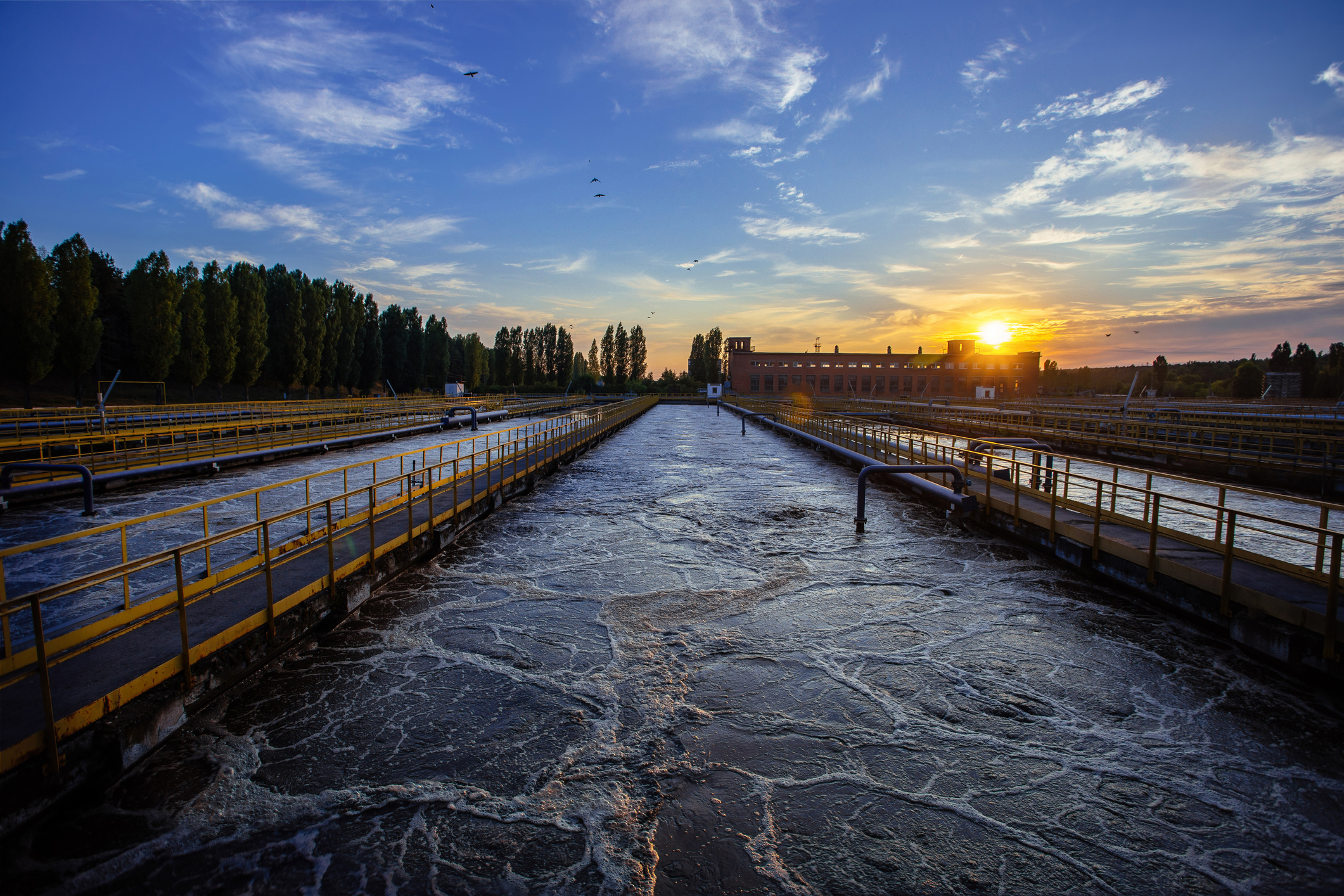Water Scarcity

The water crisis, which the United Nations and other international organizations have used to refer broadly to the relative human needs of water resources worldwide since 1970, comes from the scarcity of drinking water and water pollution. With the development of industrialization and urbanization, the demand for freshwater resources is increasing day by day.
The world’s population grew rapidly in the twentieth century, thus leading to a worsening of the water crisis. But it seems too late for droughts caused by climate change to begin to draw attention to the balance of safe water supplies. The study predicts that by 2025, two-thirds of the world’s population will have no access to safe drinking water and basic health services. Despite the increasing progress of water-saving policies and wastewater treatment technologies, which have effectively reduced the consumption of clean water and pollution of clean water sources, the development of new water sources is the solution. This time we found the answer to wastewater recovery and desalination.
Wastewater Recycling
The growing prosperity of industry and urbanization is accompanied by the increasing demand for water resources. In the application of industries, including paper industry, textile dyeing and finishing industry, electronics and semiconductor industry, electroplating industry, petrochemical industry, and plastics industry, etc., the water consumption reaches tens of thousands every day. With the livelihood sewage, the medical system, hotel industry and so on, the daily sewage and wastewater emissions far exceed our imagination.
With the rise of environmental awareness, more and more international organizations and countries began to pay attention to this problem, many developed countries, including China is embarking on a zero-emissions policy. With the implementation of the zero-emission policy, the plant was supposed to be discharged wastewater must be recycled and reused, and the amount of wastewater discharged, that is, the size of the market.

The procedure of wastewater treatment is divided into primary treatment (primary filtration), secondary treatment (precipitation, bio-decomposition), advanced treatment (distillation or RO), and ultra-advanced treatment (ultra-pure water system). Generally, the wastewater treatment in the traditional plants reaches only secondary treatment to achieve dischargeable standards. With the increasingly stringent environmental regulations, emission standards of the pollution index continue to rise, many water treatment systems fail to meet the standards. In addition, the total emission limit or even zero-emission policy is imperative as the water shortage issues continue to raise attention, forcing the plants to upgrade their water treatment equipment. However, distillation requires a lot of energy and therefore wastewater treatments do not usually come with a distillation treatment. Distillation treatment shows a significant effect in the treatment towards water quality, especially in the ammonia nitrogen, nitric nitrogen, and boron-containing sewage treatment. If the cost of distillation can be reduced, the selection process of wastewater treatment will be re-shuffled, and this is what MVR does.
Taiwan tightens discharge standards for effluent water in 2021. Many companies have been fined or even suspended due to the lacking capabilities of the existing plans or equipment to meet the standards.
Following is announced on the EFB’s official website:
Announced: Environmental Protection Bureau, Executive Yuan
EPB revised and issued the “Water Pollution Prevention and Control Law Business Classification and Definitions” and “Water Discharge Standards” to strengthen water quality control
The Environmental Protection Bureau (EPB) amended and promulgated the “Water Pollution Prevention and Control Law Business Classification and Definitions” on December 27, 2017, adding “reclaimed water business” and “livestock manure and urine resource treatment center (or biogas recycling center)” to be included in the control. A total of 7 discharge standards were revised, promulgated and abolished on December 25, 2017. Specific industry control standards such as optoelectronic materials and component manufacturing were integrated into the discharge standards. Based on improving the quality of water bodies and reducing the risk of agricultural land pollution, the control items and limits of ammonia nitrogen, heavy metals, carcinogenic substances, and true color are revised.
EPB pointed out that this amendment is mainly due to the fact that the Renewable Water Resources Development Regulations were promulgated on December 30, 2014, and in line with the policy of reusing livestock manure resources, the “reclaimed water management industry” and the “livestock manure resource treatment center ( Or Biogas Reuse Center)” is brought under control, simultaneously increase the biochemical oxygen demand, chemical oxygen demand, suspended solids, and E. coli control items. If it is located in the tap water quality and quantity protection zone, the total nitrogen and total phosphorus control items will be added.
Regarding the control of the discharge water standard, because some of the raw materials used by the science and technology and petrochemical industries are carcinogenic substances, the discharged operation wastewater may endanger human health. Nine substances such as acrylonitrile and N-methylpyrrolidone have been added to strengthen the control and management of pollution discharge risks.
To further reduce the total discharge of ammonia nitrogen in water bodies, ammonia nitrogen control projects are formulated for five types of businesses including metal surface treatment, electroplating, tanning, waste landfills and power plants, as well as sewage sewer systems in industrial areas outside of the petrochemical professional zone. As for the public sewage sewer system, the regulations on ammonia nitrogen and total nitrogen control have been updated. In addition, total nitrogen and total phosphorus control items are set for tourist hotels in the water source water quality and quantity protection area of waste (polluted) water to further improve the water quality of the protection area.
The discharge of high-chroma wastewater into the receiving water body often causes the water body to change color and affect the public perception. True color and chromaticity limits has been tightens for 23 types of businesses such as the tanning industry and the sewer system of industrial areas, and newly added free and effective residual chlorine control items to prevent the industry from harming water organisms due to the addition of too much bleaching agent.
Considering that the discharged water has already met the control standards after treatment, but if the receiving water body is discharged into irrigation channels or other waterways with a small base flow, heavy metals may accumulate, which may lead to heavy metal pollution of irrigated crops and farmland. Therefore, 7 types of wafer manufacturing and semiconductor manufacturing, optoelectronic materials and component manufacturing, chemical industry, metal basic industry, metal surface treatment industry, electroplating industry, printed circuit board manufacturing industry, etc., are targeted at processes that operate heavy metals and discharge water up to a certain scale. Sewage sewer systems dedicated to business, science industrial parks, petrochemical zones, and other industrial zones will tighten the control limits for 9 heavy metals including cadmium, lead, total chromium, hexavalent chromium, copper, zinc, nickel, selenium, and arsenic. In addition, new tin control items are added, and the control limits are differentiated according to the scale of discharge water; in addition, based on the fact that some industrial areas outside the petrochemical professional zone still have optoelectronic materials and component manufacturers stationed, the new control of indium, gallium and molybdenum is Wafer manufacturing and semiconductor manufacturing, chemical industry, metal basic industry, metal surface treatment industry, electroplating industry and printed circuit board manufacturing, pesticide manufacturing, other industries, science industrial parks, petrochemical specialized areas and other industries that use molybdenum as raw materials The special sewage sewer system of other industrial areas has revised the control limit of molybdenum; in addition, according to the US Federal Environmental Protection Agency’s stricter control regulations for coal-fired steam power plants and the Minamata Disease Convention management plan, the coal-fired power plant generating units and generating emissions If the flue gas desulfurization wastewater enters the wastewater treatment facility, the mercury, arsenic, and selenium control limits will be tightened.
In order to streamline the discharge standards and specific industry discharge standards, the aforementioned standards are integrated into the “discharge standards”, and the specific industry control items and limits are listed in an attached table, and the “photoelectric materials and components” are deleted simultaneously. 6 specific industry-specific control standards, including “Manufacturing Discharge Standards”.
EPB emphasized that this amendment will promote the recycling of water resources and improve the use of biogas slurry and residues in farmland fertilizers; strict management of heavy metals and true colors will reduce the risk of river pollution and dyeing. And to promote the cleanliness of water bodies and enhance the visual perception of the public.
For the contents of this amendment, please refer to the EPB news section to download the additional files (http://enews.epa.gov.tw/enews/fact_index.asp), or go to the Executive Yuan Bulletin website (URL: http: //gazette.nat.gov.tw/egFront/index.jsp) for download and reference. The Environmental Protection Agency has planned to hold publicity and briefing sessions on the revised content for the benefit of the industry and the issuing authority to handle it in accordance with the new regulations.